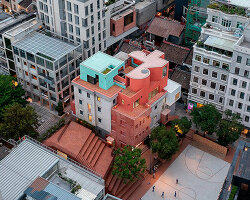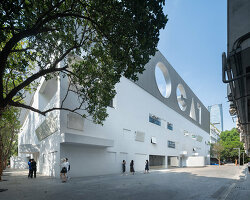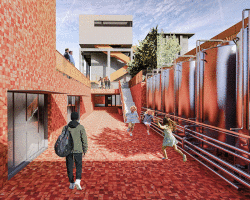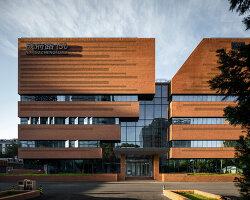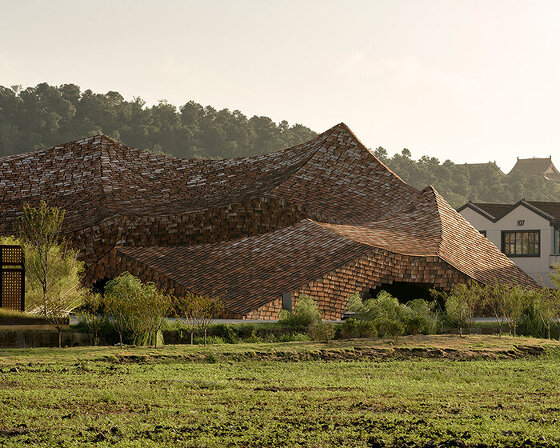KEEP UP WITH OUR DAILY AND WEEKLY NEWSLETTERS
happening this week! pedrali returns to orgatec 2024 in cologne, presenting versatile and flexible furnishing solutions designed for modern workplaces.
PRODUCT LIBRARY
beneath a thatched roof and durable chonta wood, al borde’s 'yuyarina pacha library' brings a new community space to ecuador's amazon.
from temples to housing complexes, the photography series documents some of italy’s most remarkable and daring concrete modernist constructions.
built with 'uni-green' concrete, BIG's headquarters rises seven stories over copenhagen and uses 60% renewable energy.
with its mountain-like rooftop clad in a ceramic skin, UCCA Clay is a sculptural landmark for the city.
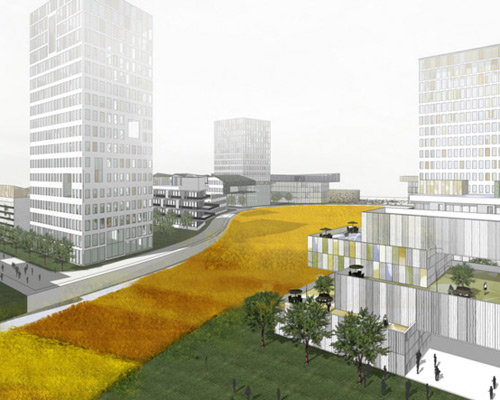
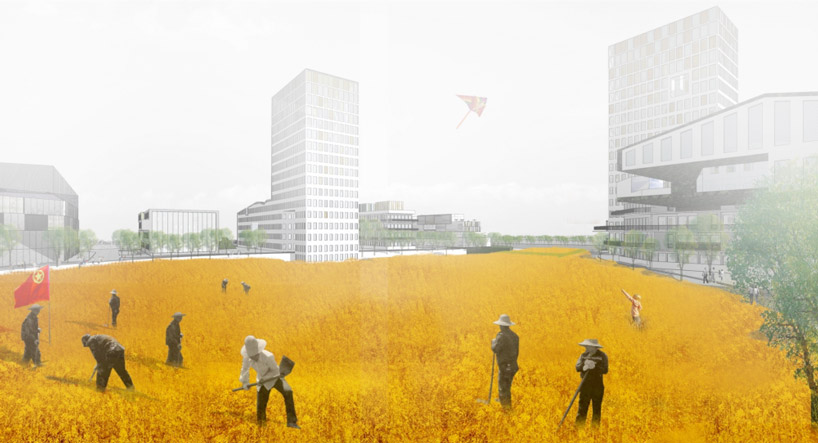 ‘master plan of huang ni jing’ by urbanus in shanghai, china
‘master plan of huang ni jing’ by urbanus in shanghai, china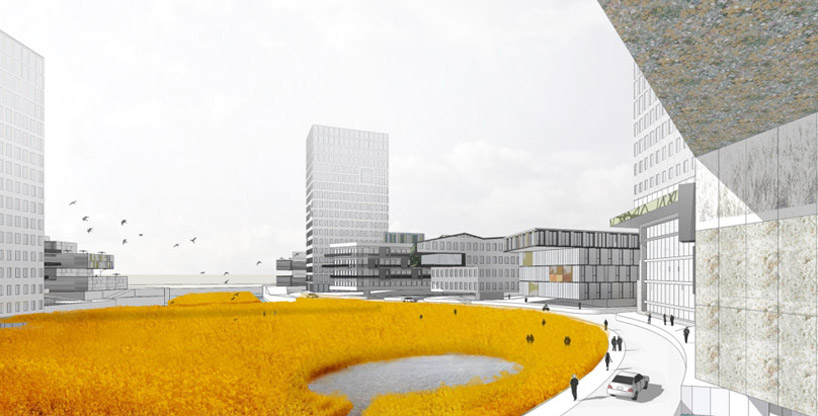 mixed-use development are positioned around the center farmland
mixed-use development are positioned around the center farmland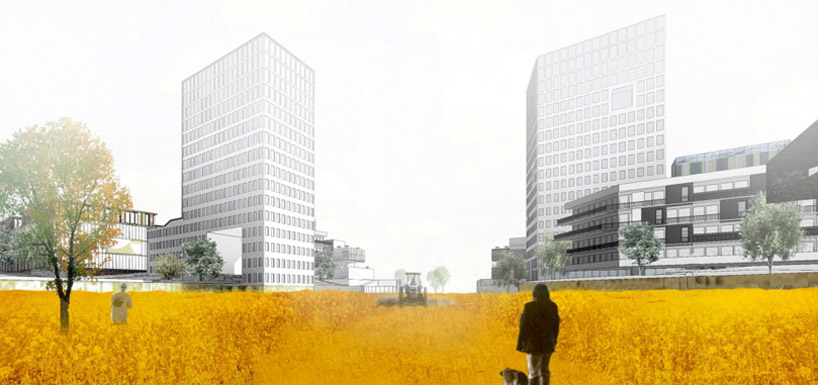 centralized farming grounds
centralized farming grounds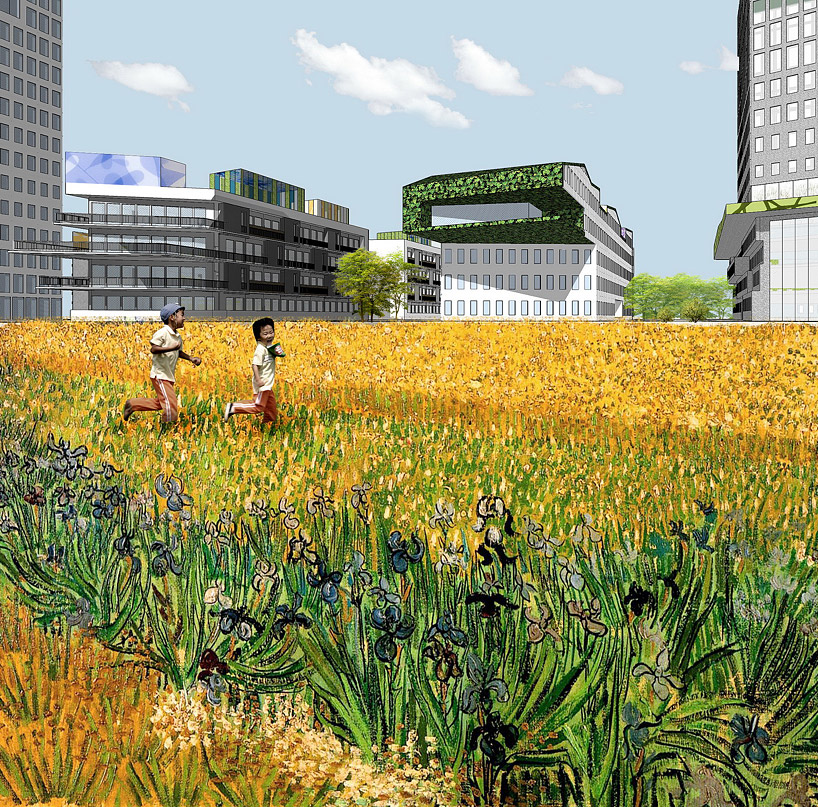
 waterway and farmland connection
waterway and farmland connection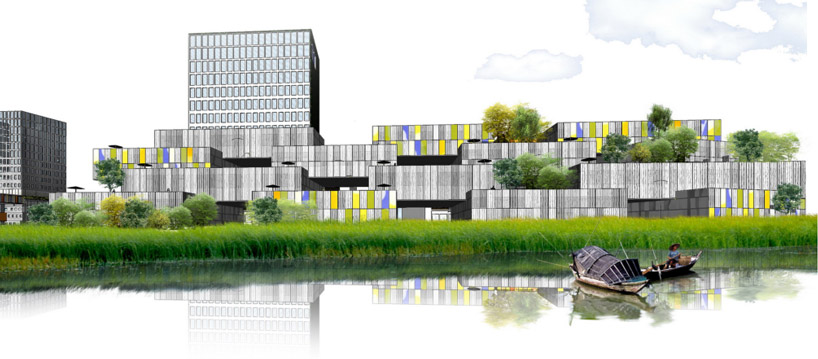 river system
river system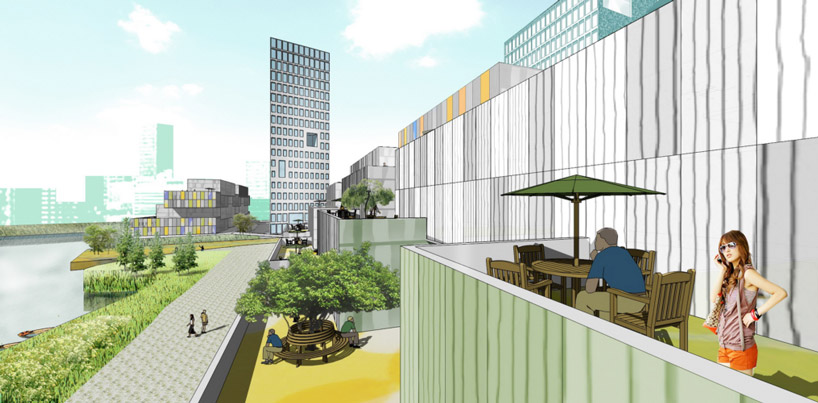 perspective of developed area
perspective of developed area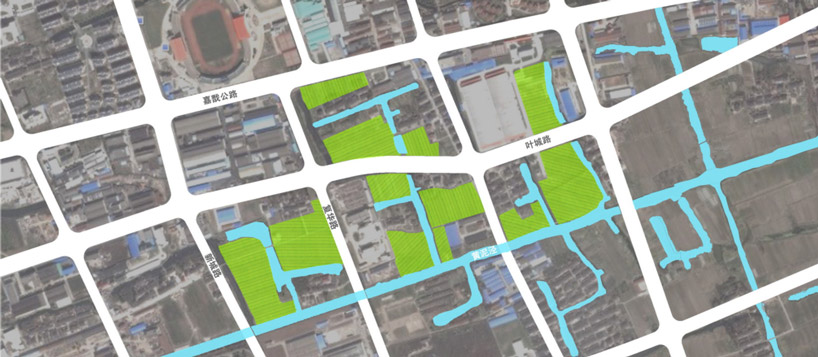 existing waterways and paths
existing waterways and paths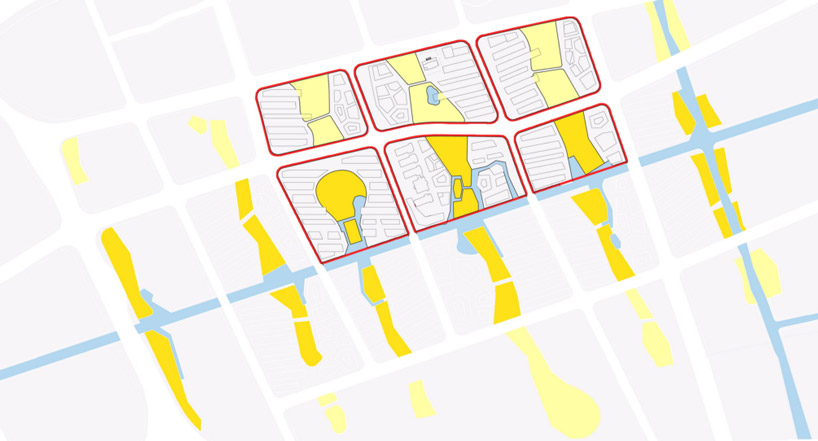 development plan
development plan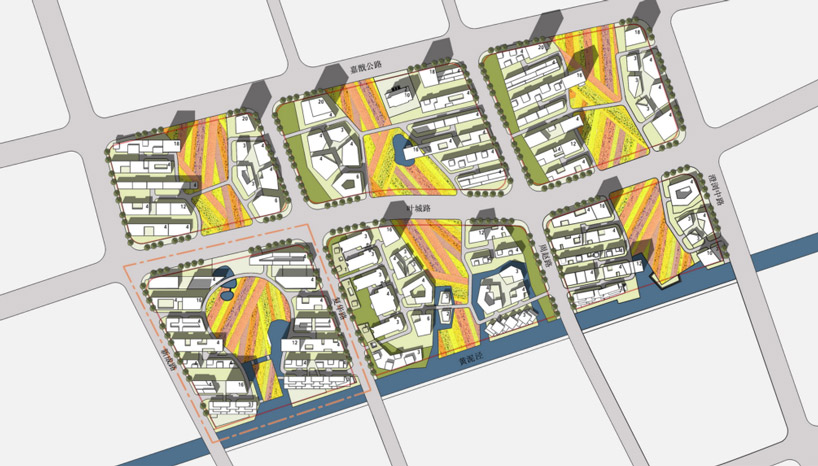 new site plan
new site plan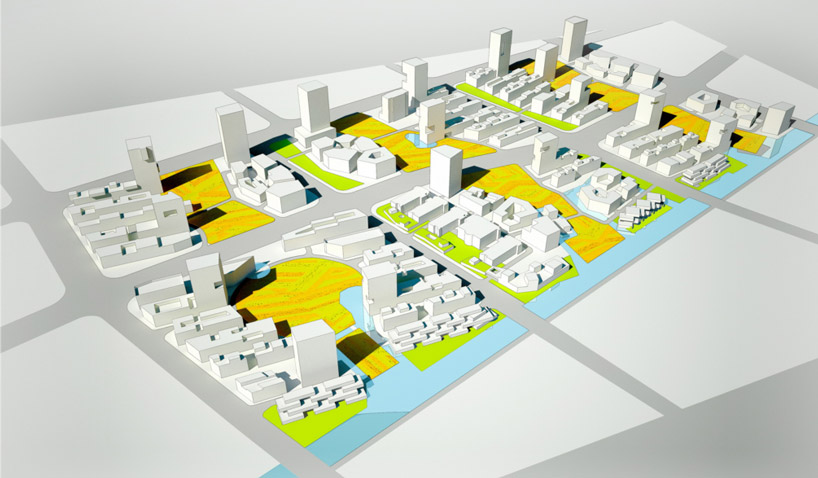 site rendering
site rendering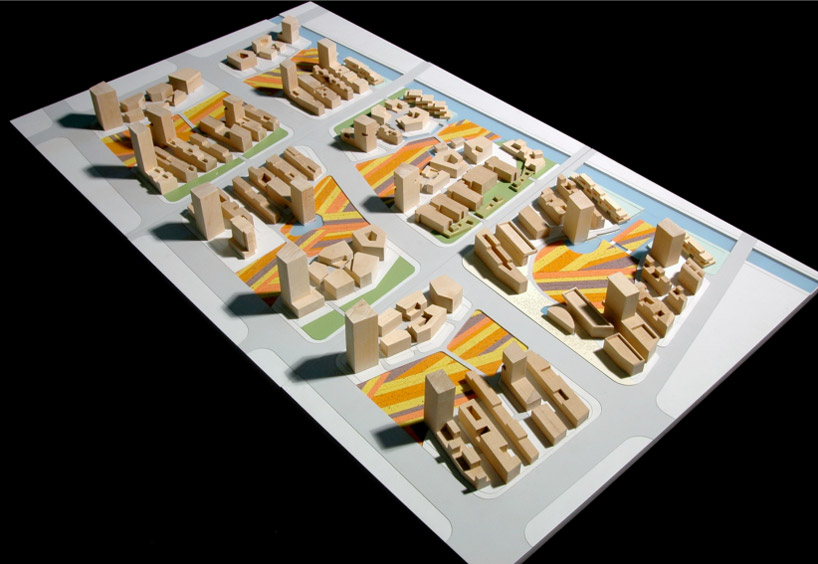 model of phase 1 development
model of phase 1 development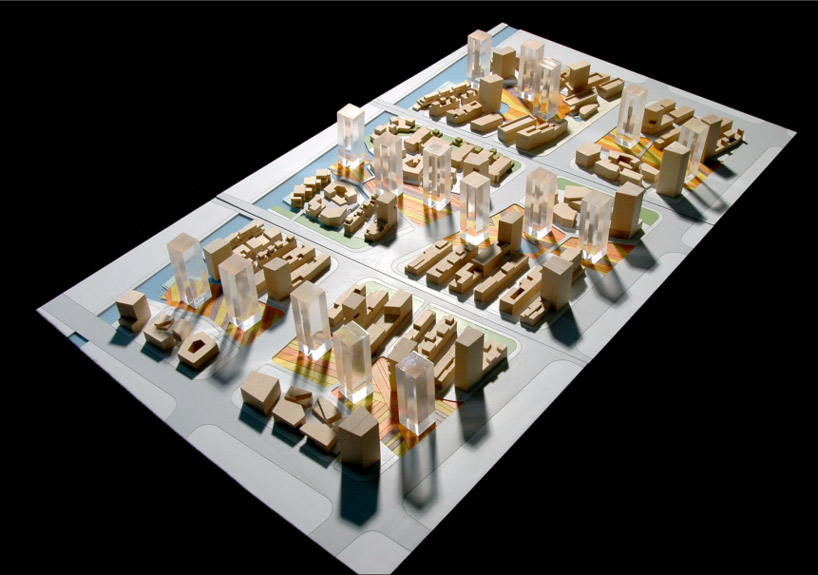 model of phase 2 development
model of phase 2 development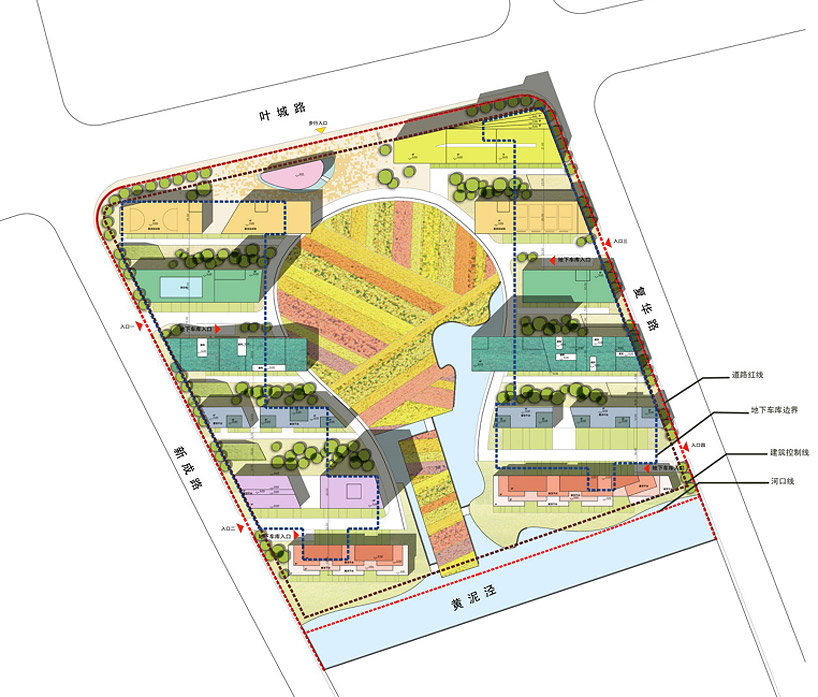 typical block plan
typical block plan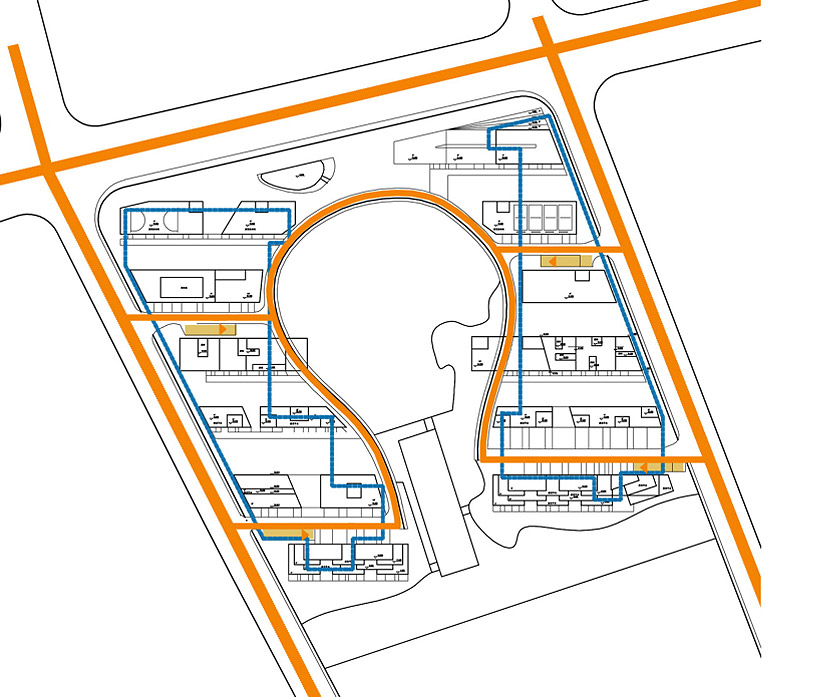 parking plan
parking plan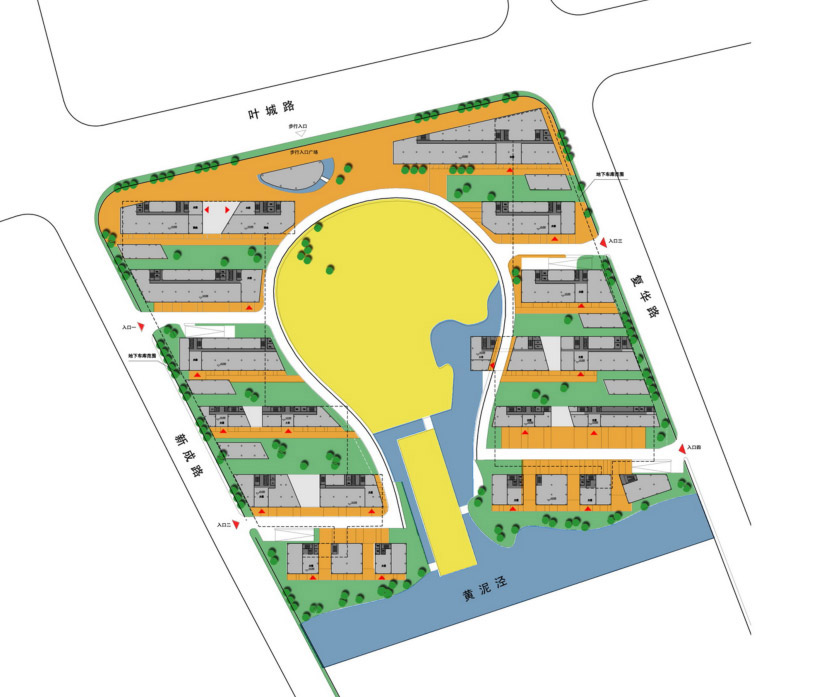 building strategy
building strategy 1. outdoor playground
2. outdoor swimming pool
3. senior staff dormitory
4. green roof
5. senior managers accommodations 6. grape picking green house
7. terraced roof deck
8. hotel
1. outdoor playground
2. outdoor swimming pool
3. senior staff dormitory
4. green roof
5. senior managers accommodations 6. grape picking green house
7. terraced roof deck
8. hotel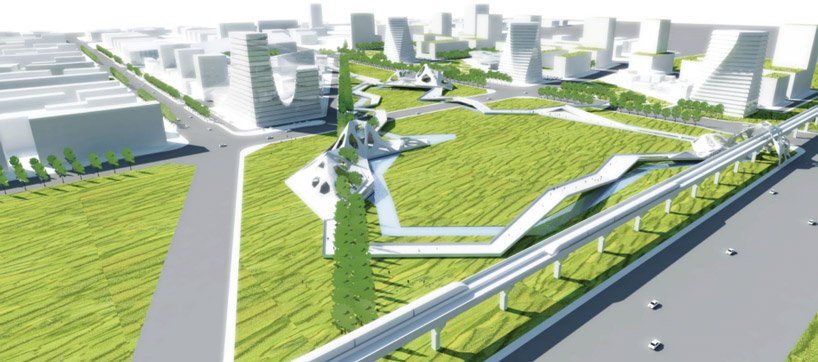 ‘the future science city’ by urbanus, beijing, china
‘the future science city’ by urbanus, beijing, china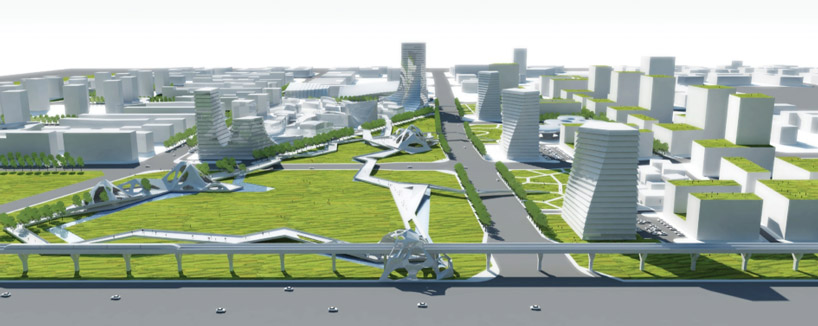 perspective of the futuristic landmark
perspective of the futuristic landmark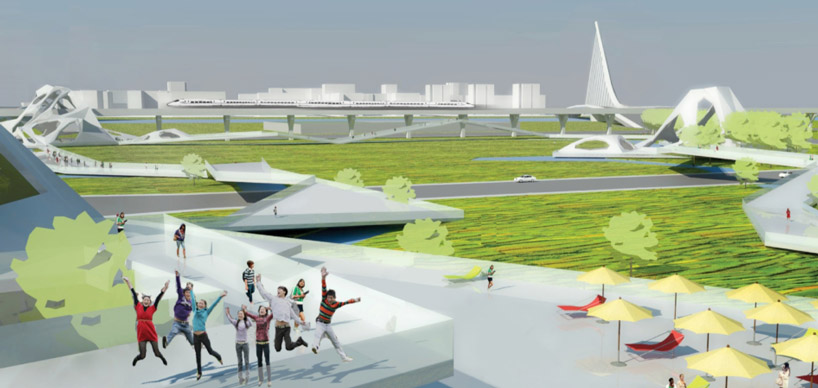 the re-establishment of relationships between people will create a sense of belonging in the community
the re-establishment of relationships between people will create a sense of belonging in the community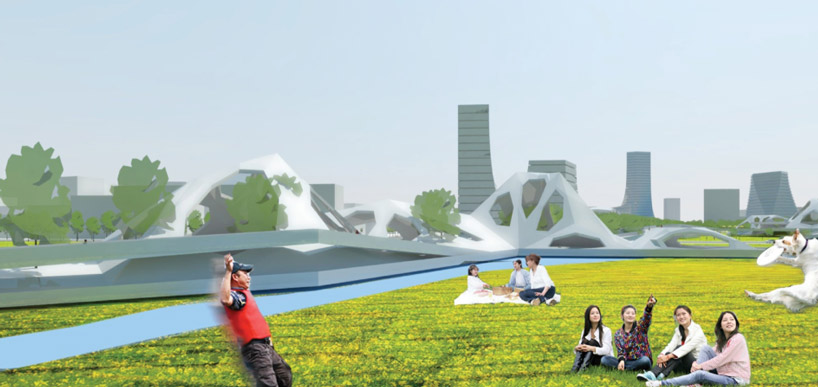 the central field promotes a new lifestyle and work pattern which is linked to the urban life and context
the central field promotes a new lifestyle and work pattern which is linked to the urban life and context allowing public spaces to have more productivity, the farmland can bring economic and touristic values
allowing public spaces to have more productivity, the farmland can bring economic and touristic values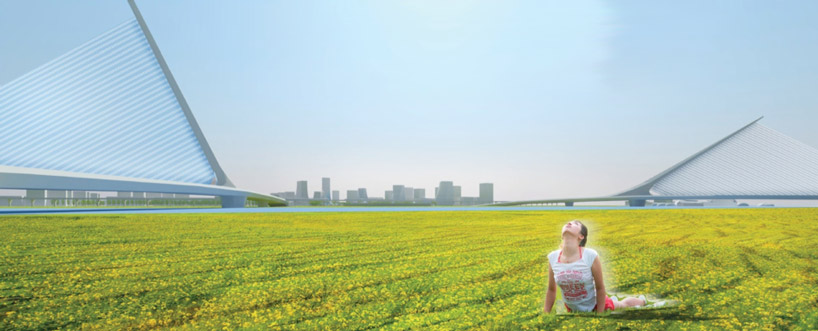 bridges create a link between the areas of the city
bridges create a link between the areas of the city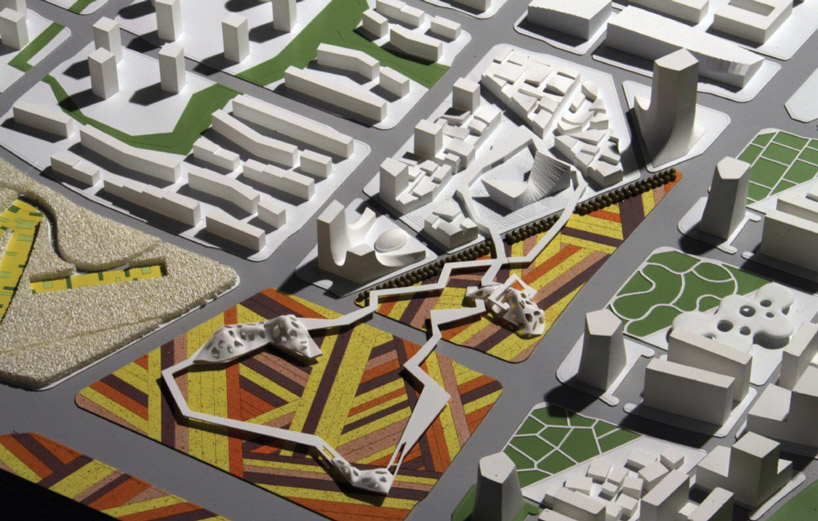
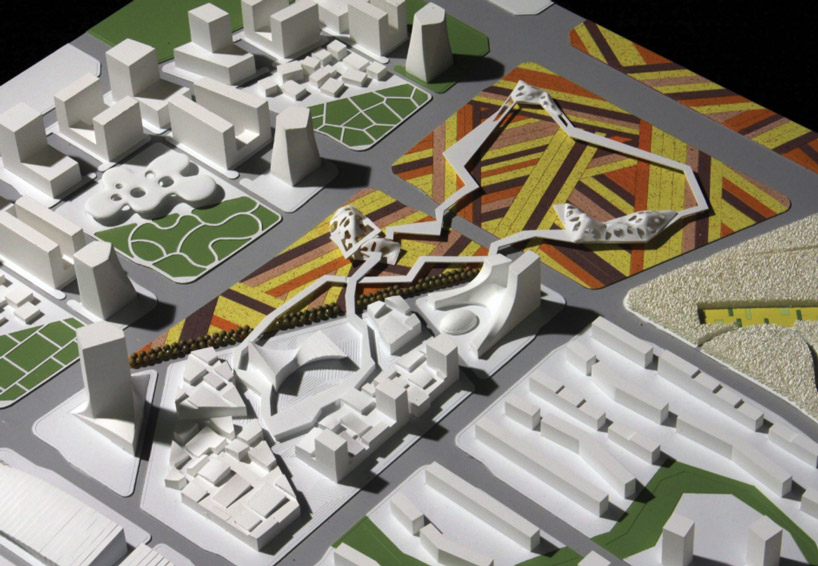
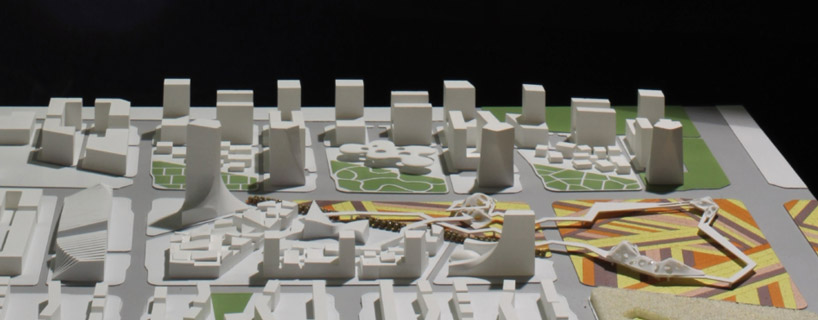 model
model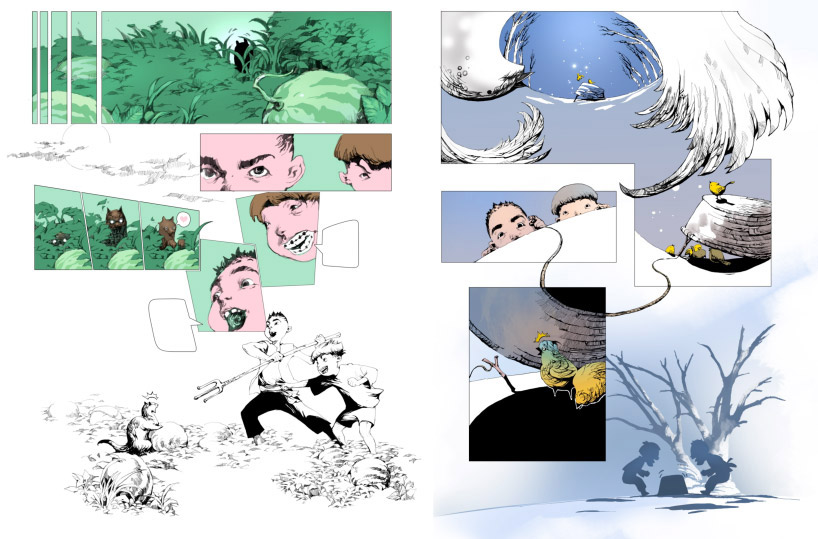
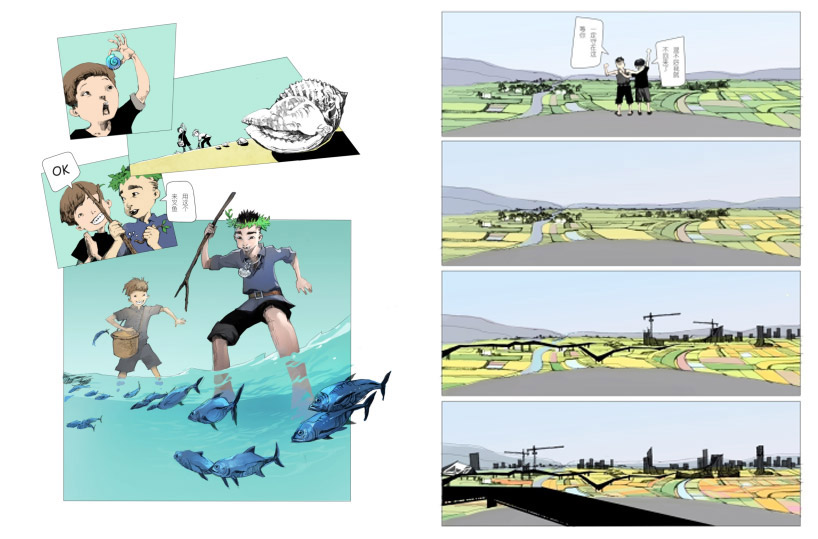
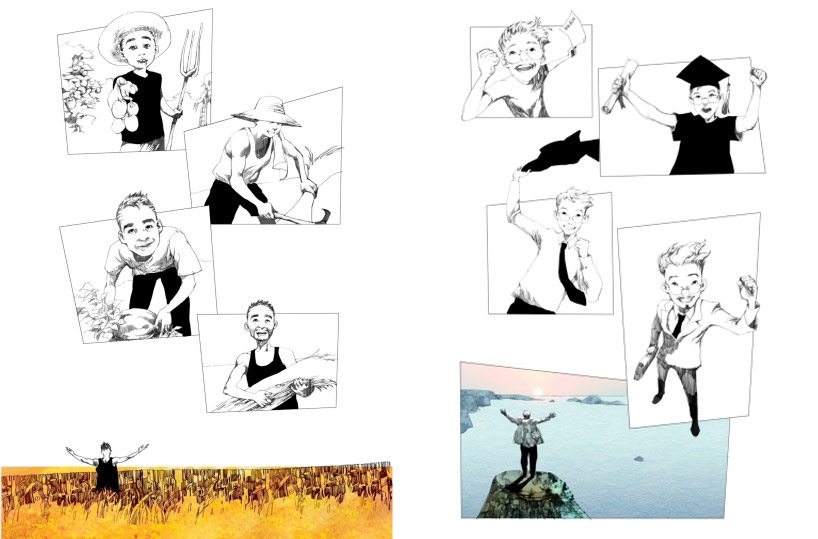

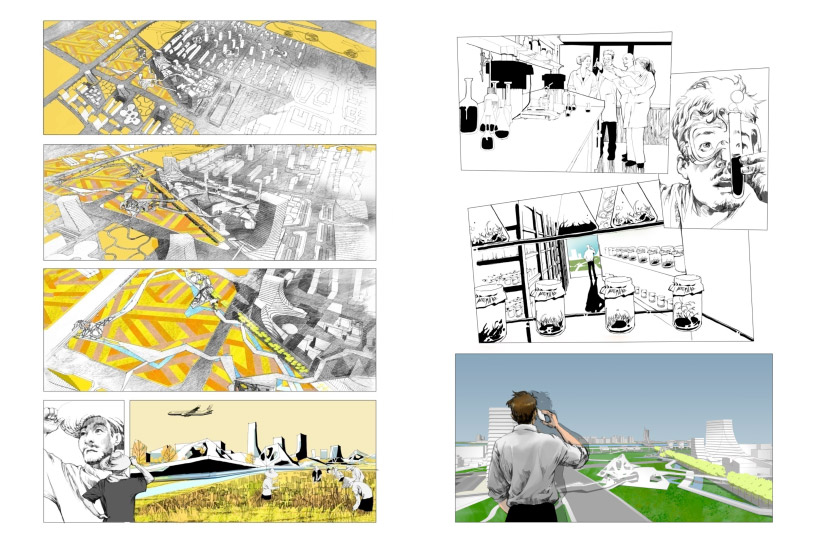
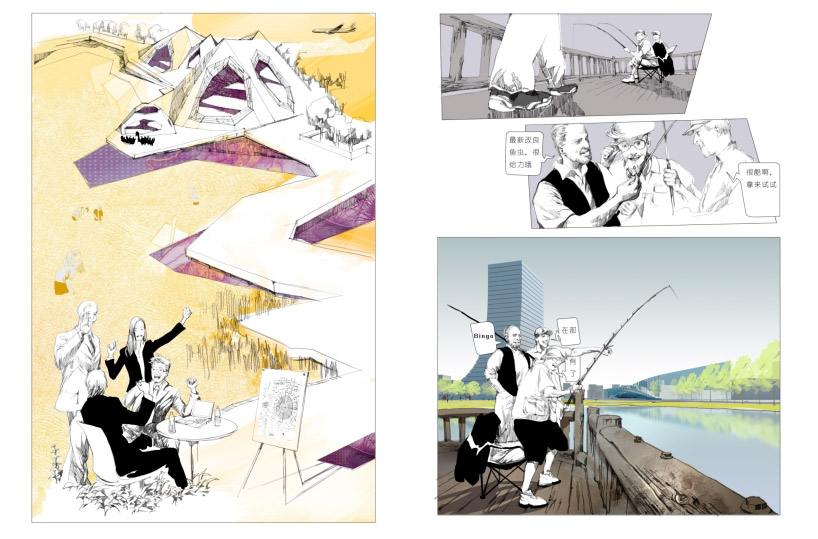
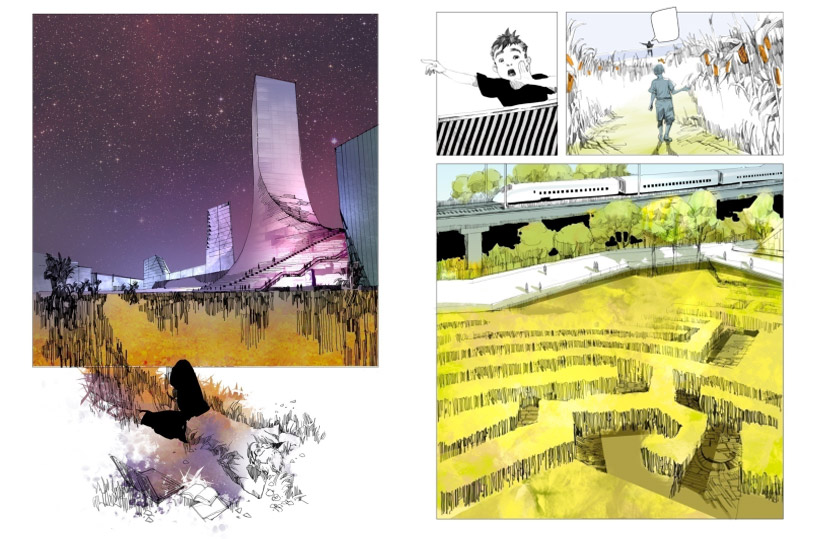
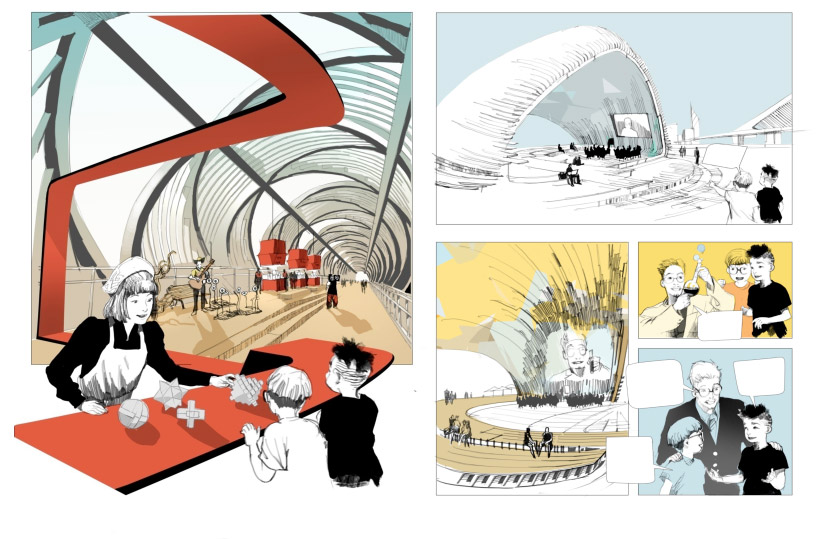
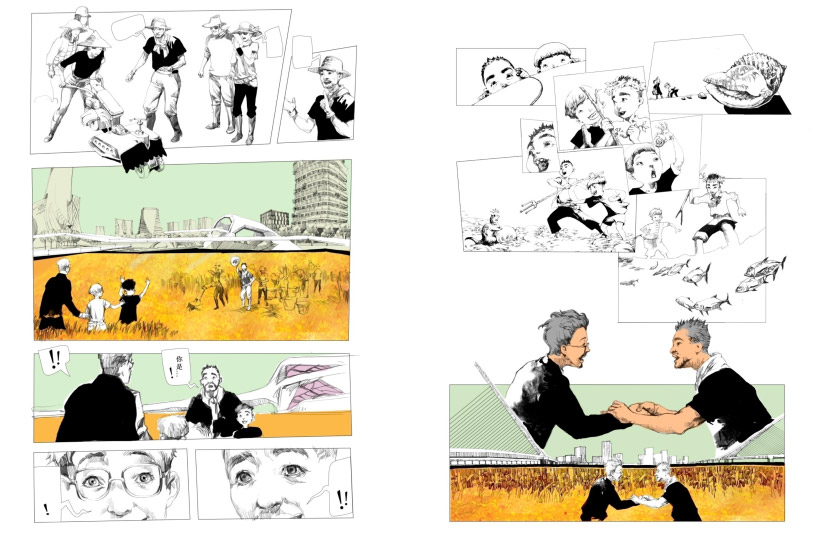
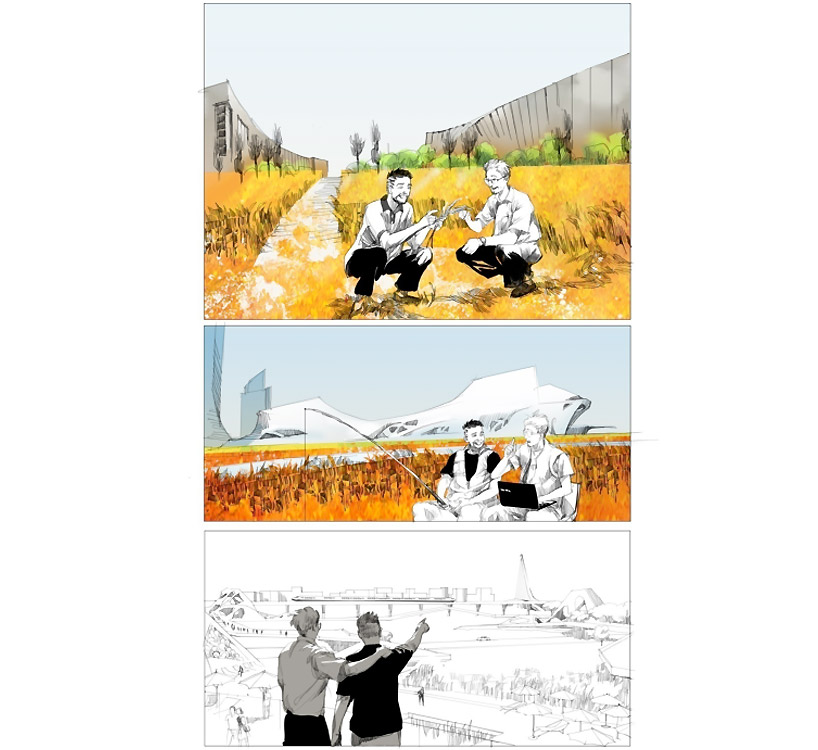
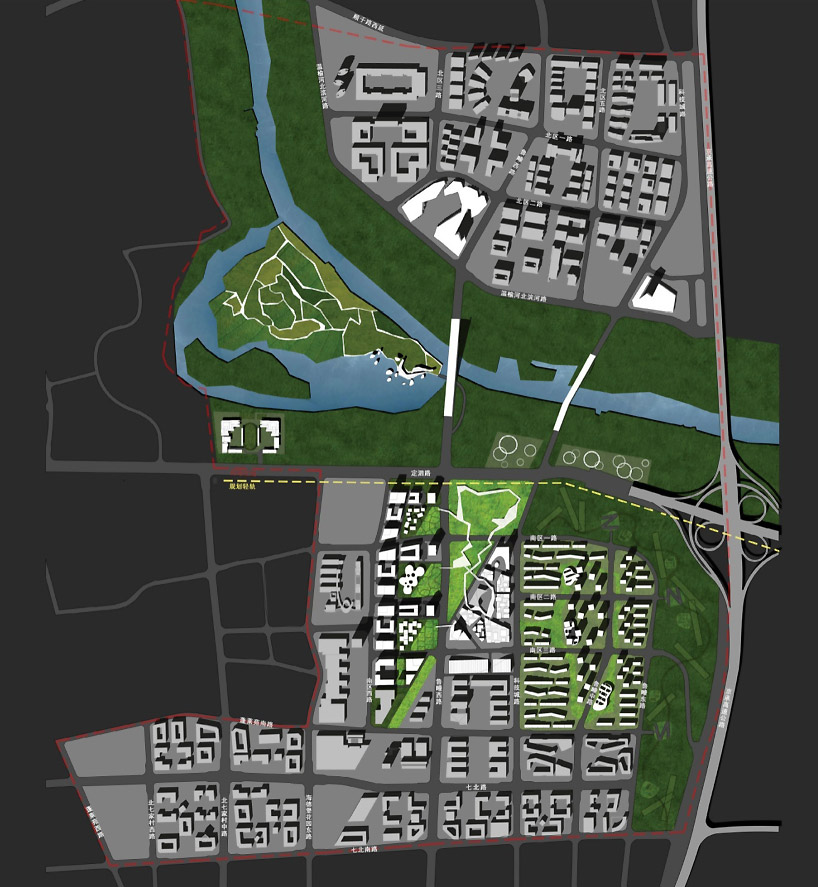 site plan
site plan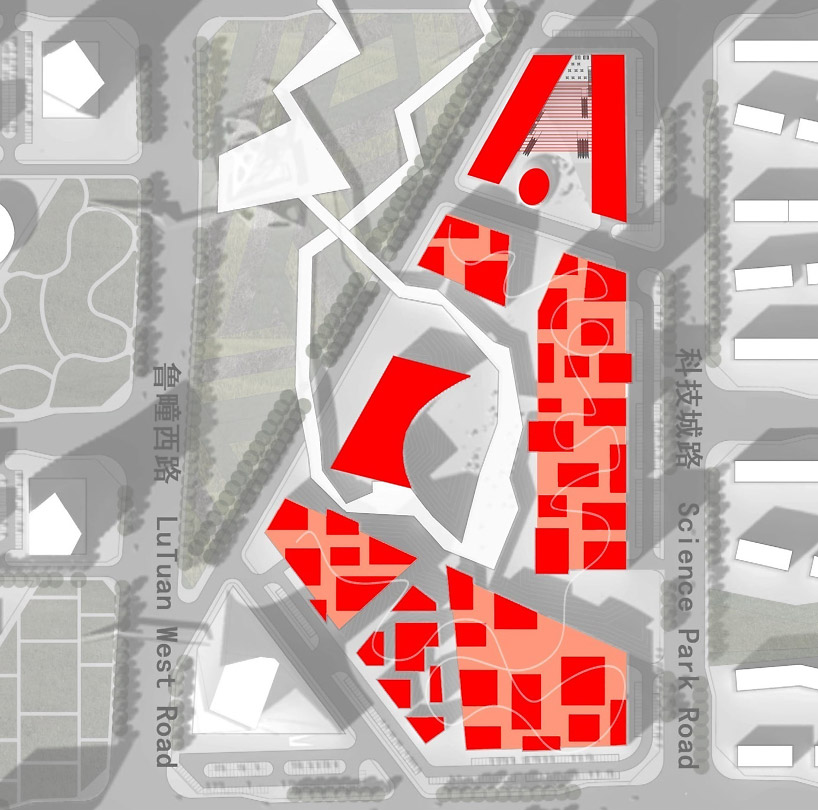 block plan
block plan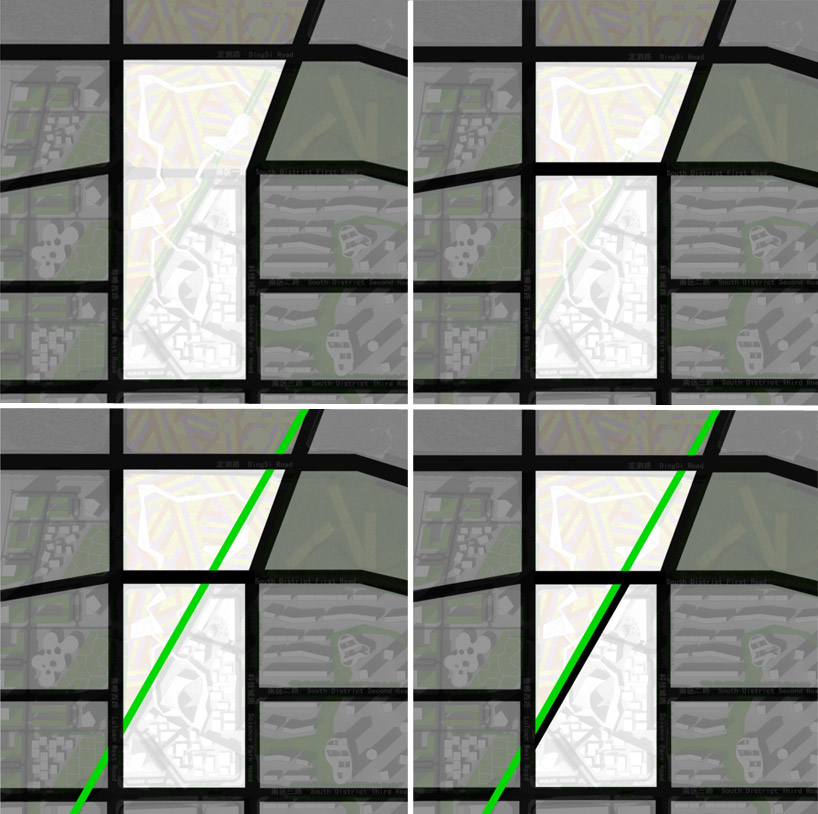 process diagram of creating the horizontal landmark
process diagram of creating the horizontal landmark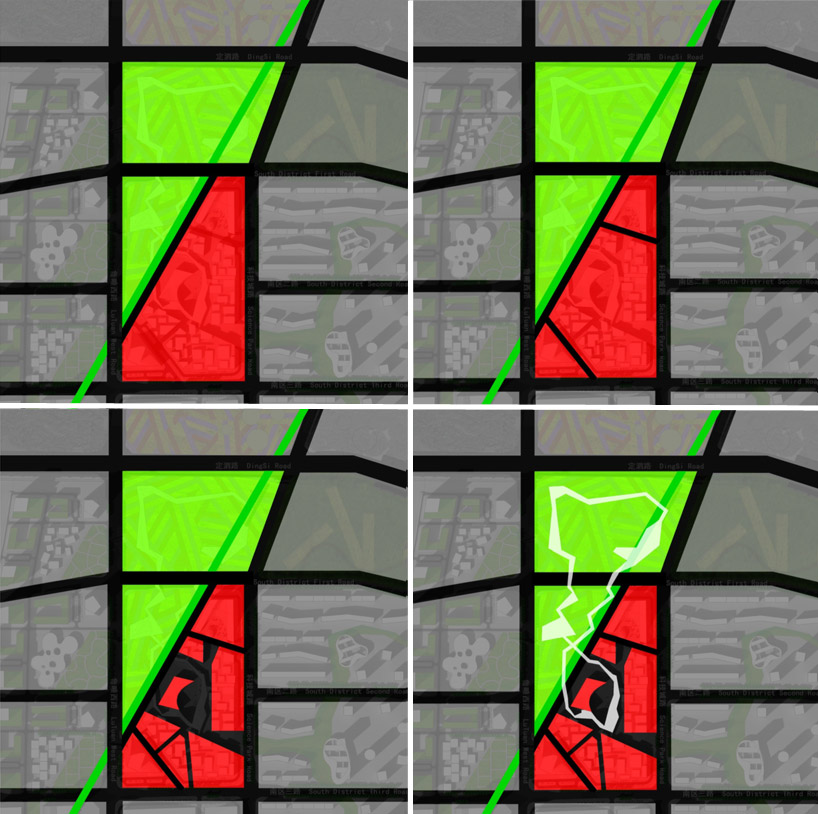 diagram of zones
diagram of zones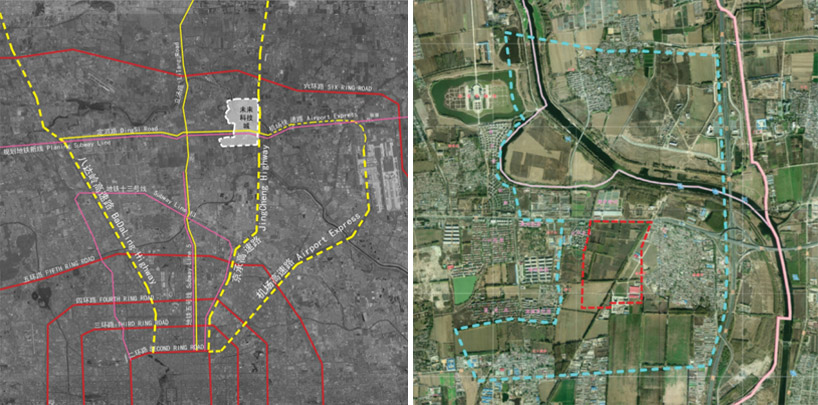 existing site plans
existing site plans


